Two Allen Discovery Centers enter their next phase of discovery, poised to address large questions about biology.
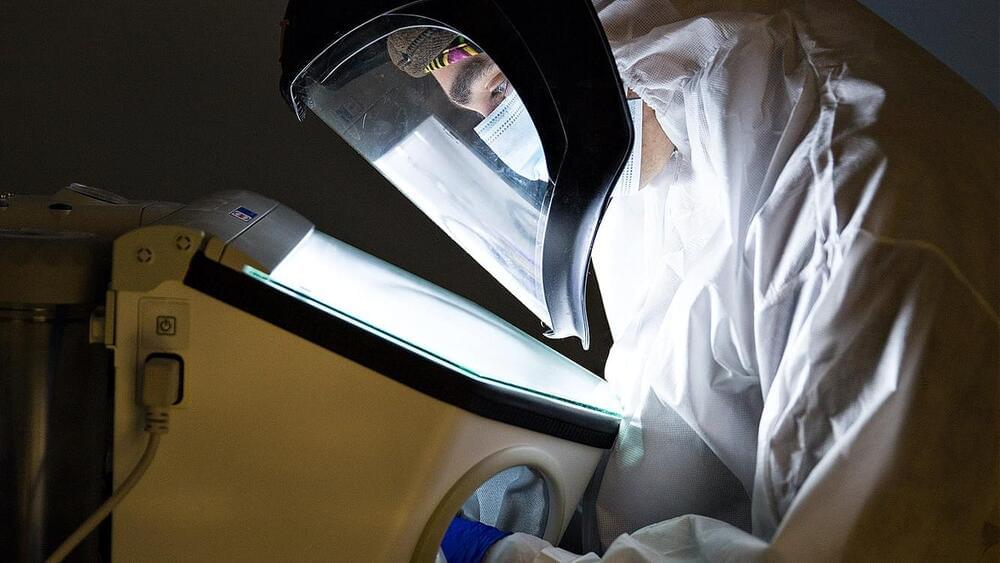

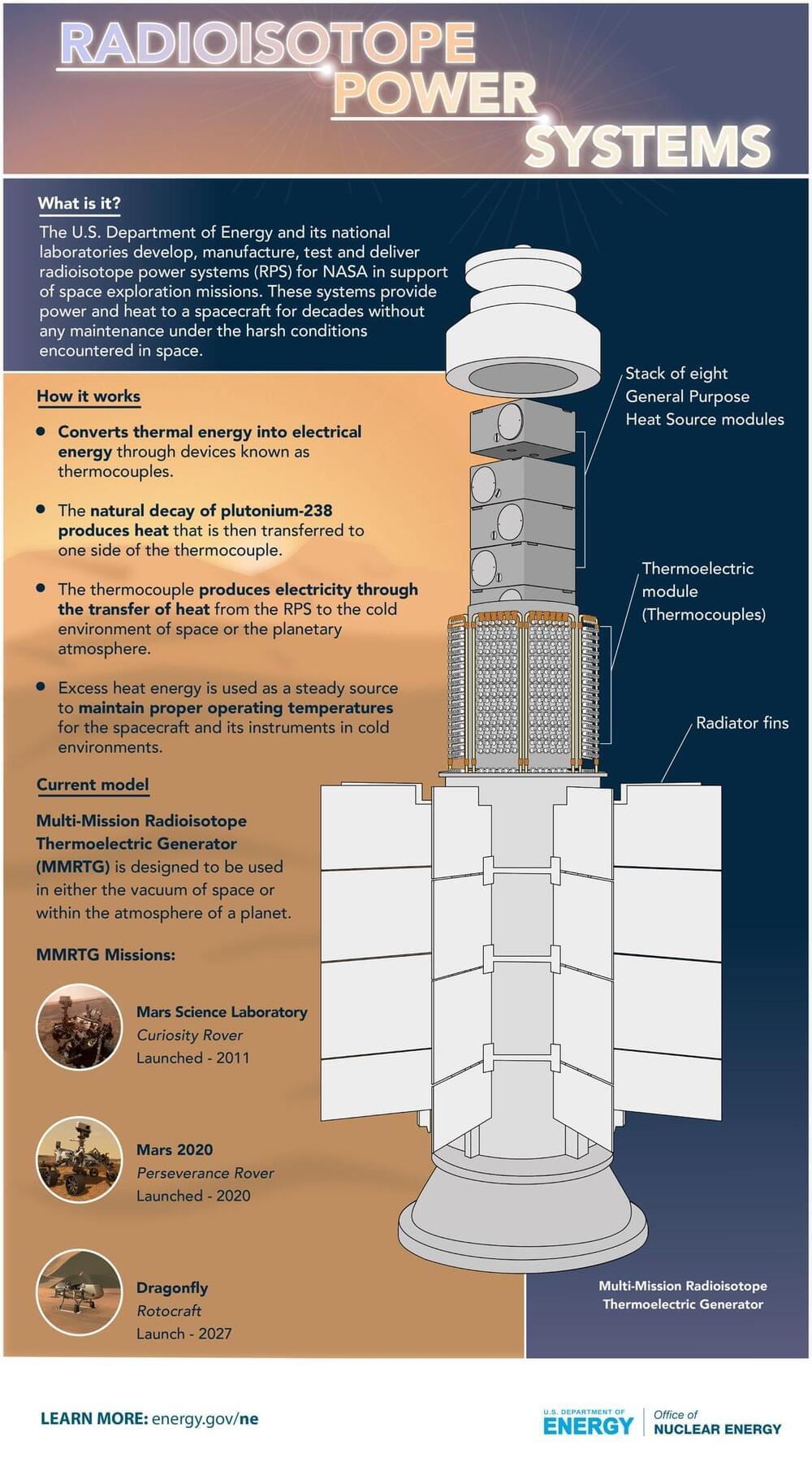

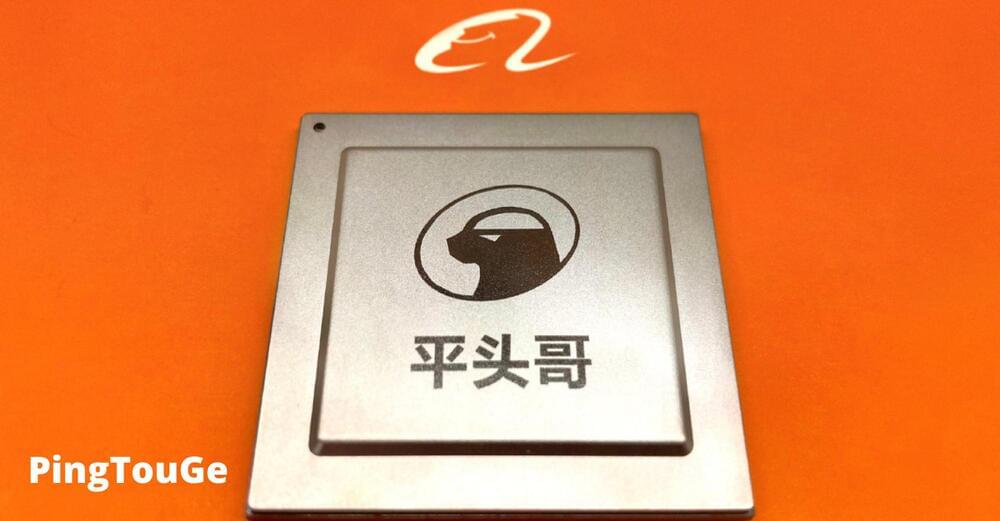
On Friday, Alibaba Cloud announced in a social media post that its DAMO Academy has successfully developed a 3D stacked In-Memory Computing (IMC) chip.
Alibaba Cloud claims this is a breakthrough that can help overcome the von Neumann bottleneck, a limitation on throughput caused by the standard personal computer architecture. It meets the needs of artificial intelligence (AI) and other scenarios for high bandwidth, high capacity memory and extreme computing power. In the specific AI scenario tested by Alibaba, the performance of the chip is improved by more than 10 times.
With the outbreak of AI applications, the shortcomings of the existing computer system architecture are gradually revealed. The main problems are that, on the one hand, processing data brings huge energy consumption. Under the traditional architecture, the power consumption required for data transmission from memory unit to computing unit is about 200 times of that of computing itself, so the real energy consumption and time used for computing are very low.
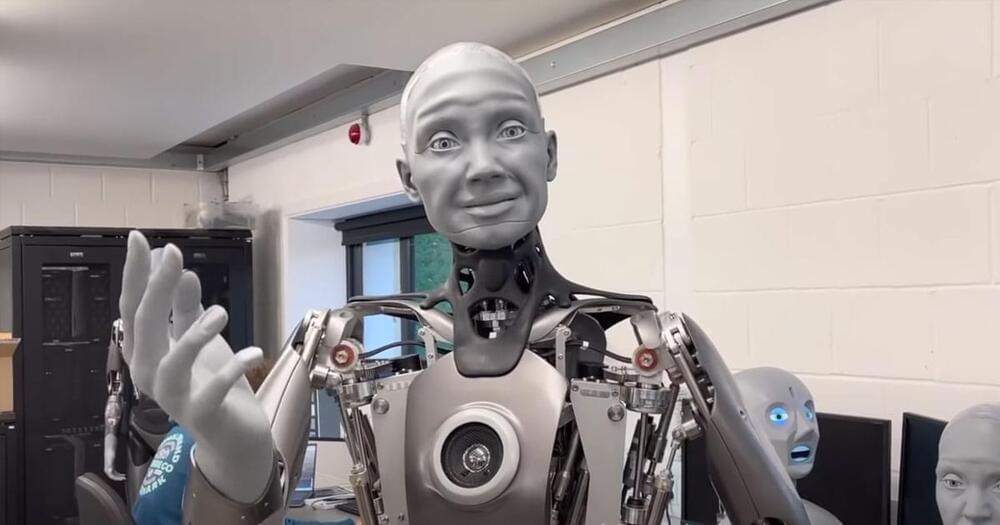
Some users over on Reddit were shocked by how empathetic they felt to Ameca’s many expressions. “This is actually quite charming,” one user wrote.
But the most common comparison — of course — was to the Terminator.
“Neat!” one Redditor commented. “Is this the Hunter-Killer or Human Infiltration model?”

Paradromics is a company developing brain computer interfaces that will help people with disabilities in communicating again. Their product will be the brain computer interface with the highest data rate ever developed. Will it compete with other companies like Neuralink or Kernel in the race to reading the brain?
0:00 Introduction to Paradromics.
1:45 The Product.
5:57 The Surgery.
7:41 Commercial availability.
Check out also this video on another Neuralink competitor, Kernel: https://youtu.be/DUICwT-fqt0
Subscribe for more content! 👇
–
Sources:
Official Paradromics website: https://paradromics.com/
Paper — Laser Ablation of the Pia Mater for Insertion of High-Density Microelectrode Arrays in a Translational Sheep Model https://www.biorxiv.org/content/10.1101/2020.08.27.269233v2
Paper — The Argo: A 65,536 channel recording system for high density neural recording in vivo https://www.biorxiv.org/content/10.1101/2020.07.17.209403v1.full.
Paper — The Argo: a high channel count recording system for neural recording in vivo https://iopscience.iop.org/article/10.1088/1741-2552/abd0ce.
Paper — Massively parallel microwire arrays integrated with CMOS chips for neural recording https://advances.sciencemag.org/content/6/12/eaay2789
Towards a High-Resolution, Implantable Neural Interface https://www.darpa.mil/news-events/2017-07-10
Matt Angle with an update from Paradromics and their new Neurotech Pub Podcast https://www.youtube.com/watch?v=oSZGk3Smhsc.
The Data Organ: Paradromics CEO Matt Angle On The Future Of The Brain-Computer Interface https://www.forbes.com/sites/johncumbers/2020/04/19/the-data-organ-paradromics-ceo-matt-angle-on-the-future-of-the-brain-computer-interface/?sh=bc80a603d4ed.
–
Used footage:
Stanford researchers develop brain-controlled typing for people with paralysis https://www.youtube.com/watch?v=9oka8hqsOzg.
Matt Angle — A MICROWIRE-based In Vivo Neural Recording Platform with Up to 65,536 Channels https://www.youtube.com/watch?v=9FsGtkZ2Gqo.
Kernel Flow Live Stream https://www.youtube.com/watch?v=RswhkU4eaVA
Neuralink Progress Update, Summer 2020 https://www.youtube.com/watch?v=DVvmgjBL74w.
Working on the Neuralink Robot https://www.youtube.com/watch?v=-gQn-evdsAo.
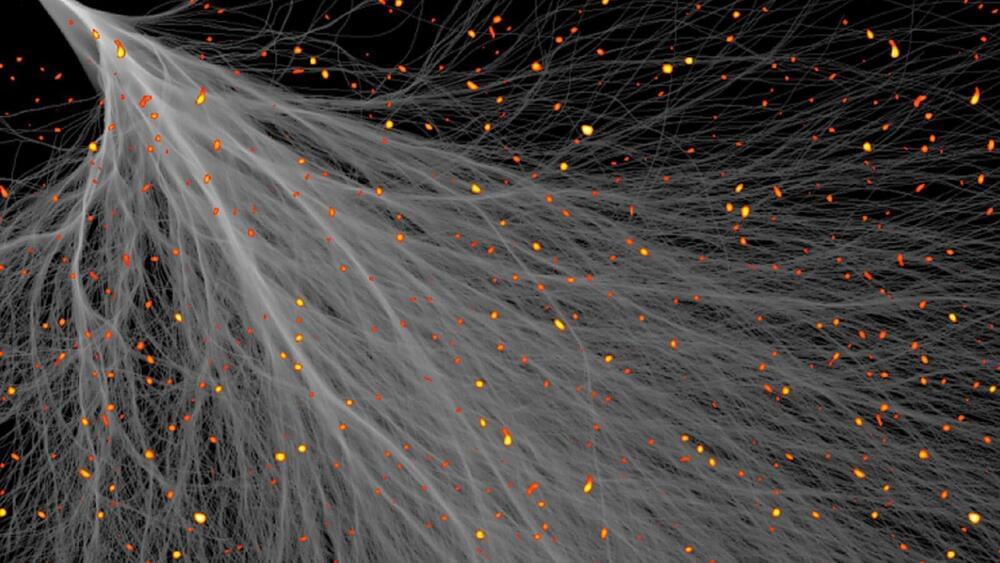
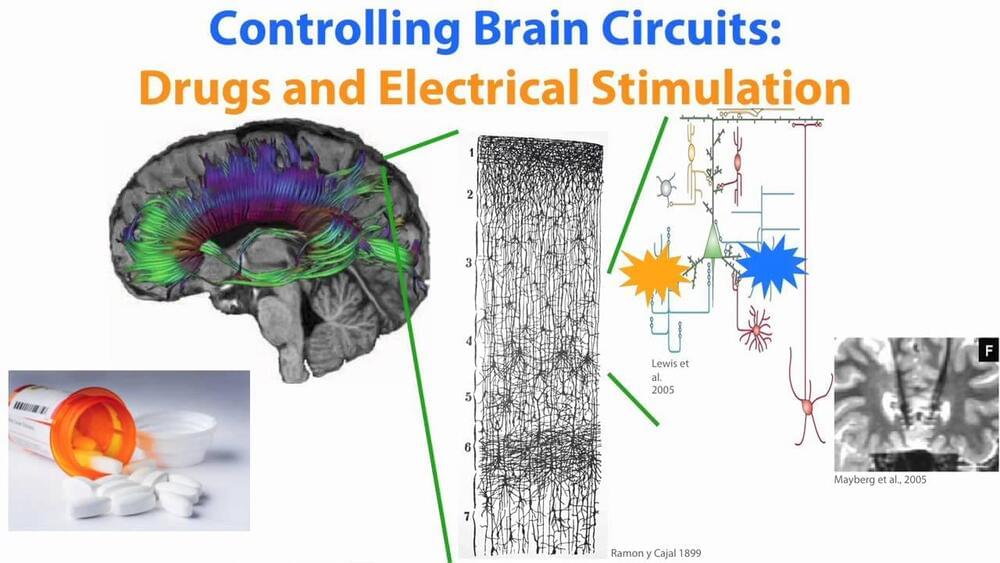
http://spie.org/bios.
Boyden’s award-winning research has led to tools that can activate or silence neurons with light, enabling the causal assessment of how specific neurons contribute to normal and pathological brain functions.
Ed Boyden is the founder and principal investigator of the Synthetic Neurobiology Group at Massachusetts Institute of Technology (MIT). The group develops tools for controlling and observing the dynamic circuits of the brain, and uses these neurotechnologies to understand how cognition and emotion arise from brain network operation, as well as to enable systematic repair of intractable brain disorders such as epilepsy, Parkinson’s disease, post-traumatic stress disorder, and chronic pain.
Many disorders of the brain currently are treated with drugs or electrical stimulation. Nearly a quarter of million people have implanted electrical probes in their brains for such stimulation. The problem with this approach is that it targets large areas of the brain instead of the discrete cells or location that cause the disorder. Boyden works on implementing light-stimulated processes in the brain to address these disorders at the cellular level. The method utilizes adeno-associated viruses (AAV) to create light-sensitive centers in the brain which can then be stimulated by light pulses. Very small optical waveguides (fibers) can then be introduced in the brain to stimulate these sites.
Boyden was named to the “Top 35 Innovators Under the Age of 35″ by Technology Review and to the “Top 20 Brains Under Age 40″ by Discover, and has received the NIH Director’s New Innovator Award, the Society for Neuroscience Research Award for Innovation in Neuroscience, and the Paul Allen Distinguished Investigator Award, as well as numerous other recognitions. In early 2011, he was an invited speaker at the renowned TED conference, sharing the bill with a high-powered lineup that included presenters as diverse as Bill Gates and choreographer Julie Taymor.
He has contributed numerous articles to SPIE Proceedings, and was an invited speaker at the Biomedical Optics Hot Topics Session at SPIE Photonics West 2011.
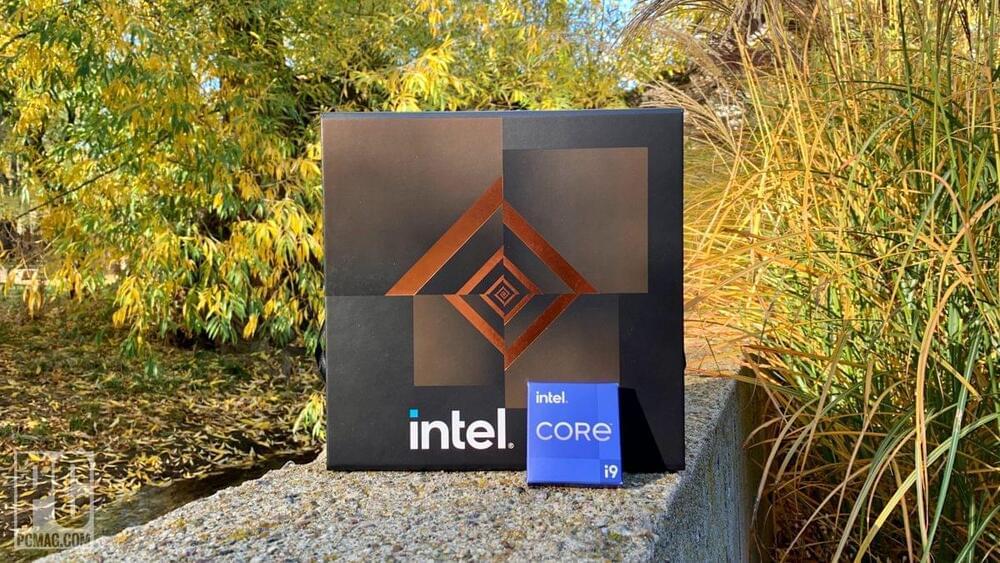
“Alder Lake,” Intel’s family of 12th Generation processors, has arrived—and with it, a new CPU paradigm. Intel’s Core i9-12900K desktop CPU ($589) leads the pack of the company’s 12th Generation processors, and brings with it a whole host of upgrades and innovations to the desktops of now and tomorrow. These tick-ups include support for the new, high-speed DDR5 RAM standard, as well as an upgrade to PCI Express 5.0, on the first new motherboard platform to support the latest chips, the Intel Z690. Intel also worked closely with Microsoft to optimize the new CPUs for Windows 11, adding new scheduling features that intelligently load up the Core i9-12900K depending on which cores are being used where, and for what.
Alder Lake and the Core i9-12900K indeed impress, but our relationship with the CPU…is complicated. For all the outright wins we saw in our benchmarks (and there were many), the added cost of upgrading to yet another new motherboard platform won’t outweigh the win percentages for many shoppers. Intel’s older-yet-still-reliable “Comet Lake” Core i9-10900K kept itself in the race during several benchmarks, while the eight-core, rather cheaper AMD Ryzen 7 5800X ($449 list price, but currently snipe-discounted to $386 on Amazon and Newegg) proves itself a worthy contender on performance-versus-price in PC gaming.
The high cost of a new Z690 motherboard (the cheapest are just under $200, per our Z690 motherboard guide) and DDR5 adoption, along with Intel’s insistence on upgrading your system to Windows 11, are all front-facing considerations for anyone who’s considering 12th Generation Core as their next big desktop upgrade. That—and a not-insignificant problem in which our test platform, and several prebuilt Alder Lake PCs, could not launch certain popular games that use specific DRM—temper Alder Lake with a bit of wait-and-see caution. Our initial Alder Lake takeaway is “Intel’s on the upswing, with some caveats.” But read more about our findings below.

Zindi is all about using AI to solve real-world problems for companies and individuals. And the South Africa-based crowd-solving startup has done that over the last three years they have been in existence.
Just last year a team of data scientists under Zindi used machine learning to improve air quality monitoring in Kampala as another group helped Zimnat, an insurance company in Zimbabwe, predict customer behavior — especially on who was likely to leave and the possible interventions that would make them stay. Zimnat was able to retain its customers by offering custom-made services to those who would have otherwise discontinued.
These are some of the solutions that have been realized to counter the data-centered challenges that companies, NGOs and government institutions submit to Zindi.